Information
Southern Xinjiang Panorama Self-Driving Tour (15 Nights/16 Days)
Classification:
Day 1 Beijing-Urumqi Flight
Arrive in Urumqi on CA1901 (09:25-13:30), the city farthest from the ocean. After arrival, transfer to the hotel. You can go to the International Grand Bazaar to taste various foods, and pick up the car at the hotel in the evening. Stay in Urumqi hotel for 1 night.
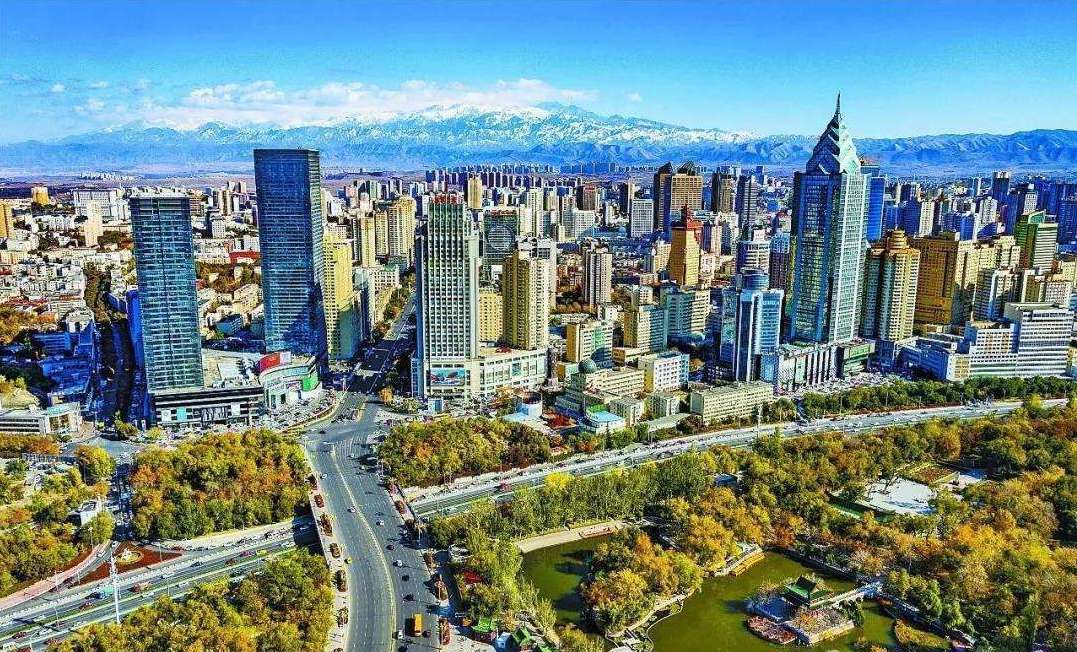
International Grand Bazaar: The largest bazaar in the world (in Uyghur, meaning market, agricultural trade market), integrating Islamic culture, architecture, ethnic commerce, entertainment, and dining, is a gathering and display center for Xinjiang's tourism products, known as the "Window of Xinjiang", "Window of Central Asia", and "Window of the World". Selected as one of the "Top Ten Buildings" in Urumqi in 2004, it features a strong Islamic architectural style, recreating the prosperity of the ancient Silk Road while covering the functionality and sense of the times of the building, reflecting the rich ethnic characteristics and regional culture of the Western Regions.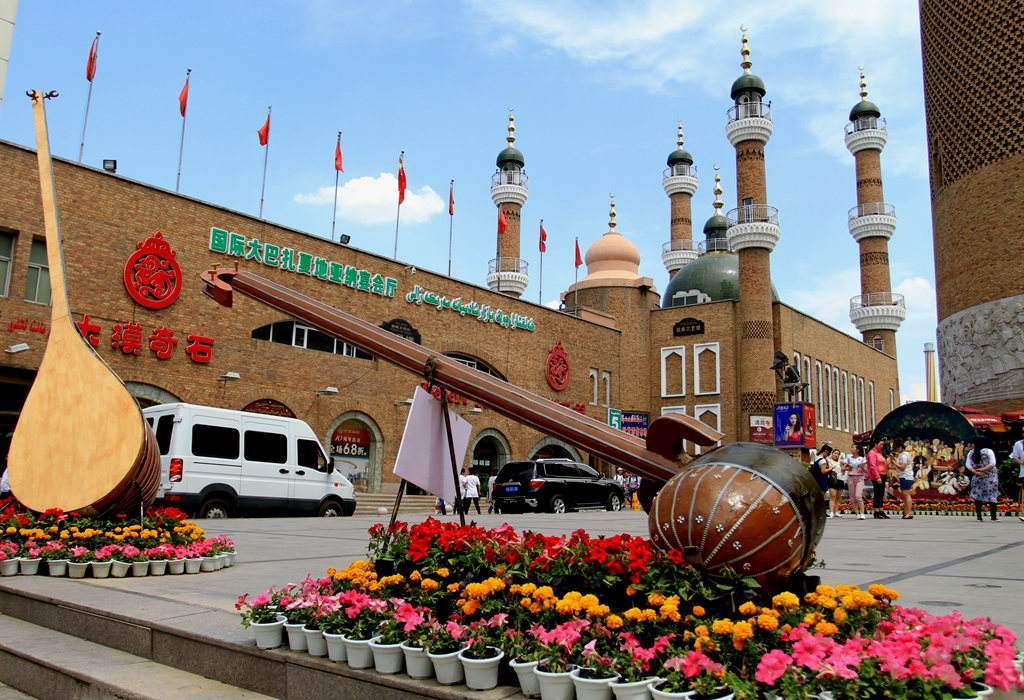
Day 2 Urumqi-Turpan (200 kilometers, about 2.5 hours)
After breakfast, drive to Turpan. Upon arrival, visit the Jiaohe Ancient City, and in the afternoon, visit the eastern line to see the Tuyugou Ancient Village, Bezeklik Thousand Buddha Caves, and Flaming Mountain. Stay in Turpan hotel for 1 night.
Jiaohe Ancient City: Jiaohe Ancient City is currently the largest, best-preserved, and oldest adobe city ruin in the world, with a history of over 2000 years. The highest military institution in the Western Regions during the Tang Dynasty, the Anxi Protectorate, was established here.
Bezeklik Thousand Buddha Caves: Carved in the 4th-5th century AD, it is the site with the most murals in the Turpan area. It is an important site for studying the ethnic groups, clothing, and culture of the ancient Gaochang region.
Flaming Mountain: The most famous attraction in Turpan, located in the middle of the Turpan Basin, composed of red sandstone, locally known as Red Mountain. The story of Tang Seng and his disciples borrowing the banana fan in "Journey to the West" takes place here.
Tuyugou Ancient Village: Located in the Tuyugou Grand Canyon, Tuyugou Ancient Village is a mysterious place in western China where various religions converge. It is the largest ancient village in Xinjiang. This area not only has the ruins of the Tuyugou Thousand Buddha Caves (under renovation) but also an important cemetery for Islamic missionaries.
Day 3 Turpan-Kuerle (360 kilometers, about 5 hours)
After breakfast, drive to Kuerle, visiting the Rob people village along the way. Upon arrival, visit the Iron Gate Pass and stay in Kuerle hotel for 1 night.
Rob People Village: Located 35 kilometers southwest of Weili County and 85 kilometers south of Kuerle City. The village covers an area of 72 square kilometers, with more than twenty households, and is one of the largest villages in western China. It belongs to the Qiongkuer Pasture and is a paradise for the Rob people, covering the Taklamakan Desert, shifting lakes, Tarim River, primitive poplar forest, grasslands, and Rob people.
Iron Gate Pass: The exit of the steep canyon upstream of the Peacock River, which was once a natural barrier for transportation between southern and northern Xinjiang, and a throat of the ancient "Silk Road". A pass was established here during the Jin Dynasty due to its perilous nature, hence the name "Iron Gate Pass", listed as one of the famous twenty-six ancient passes in China. Over two thousand years ago, the Silk Road entered a 30-kilometer-long canyon along the Peacock River from here. The canyon is winding and deep, with cliffs like they were cut by a knife. According to research, a pass was established here since the Jin Dynasty due to its strategic location, hence the name Iron Gate Pass. It is a natural barrier for entering the Tarim Basin from the Yanqi Basin and has been a contested area since ancient times.
Day 4 Kuerle-Min Feng (760 kilometers, about 10 hours)
After breakfast, drive to Min Feng, crossing the Taklamakan Desert along the desert highway. Visit the Poplar Forest in Luntai along the way. Stay in Min Feng Inn for 1 night (the best hotel in the area).
Note: This day has a longer driving distance, but there are few people on the desert road, allowing for a pleasant self-driving experience.
Luntai Poplar Forest Park: Located at the southern foot of the Tianshan Mountains and the northern edge of the Tarim Basin, Luntai County has the largest, densest, and best-preserved "Tertiary living fossil" in the world—over 400,000 acres of natural poplar forest. The poplar forest is a typical desert forest meadow vegetation type in the Tarim River basin, distributed from the upstream valley to the downstream riverbed. Although the structure of the poplar forest is relatively simple, it has a strong zonal ecological imprint. Whether bathed in the morning glow or draped in the evening sun, it gives a sense of mystery while also conveying vitality and hope.
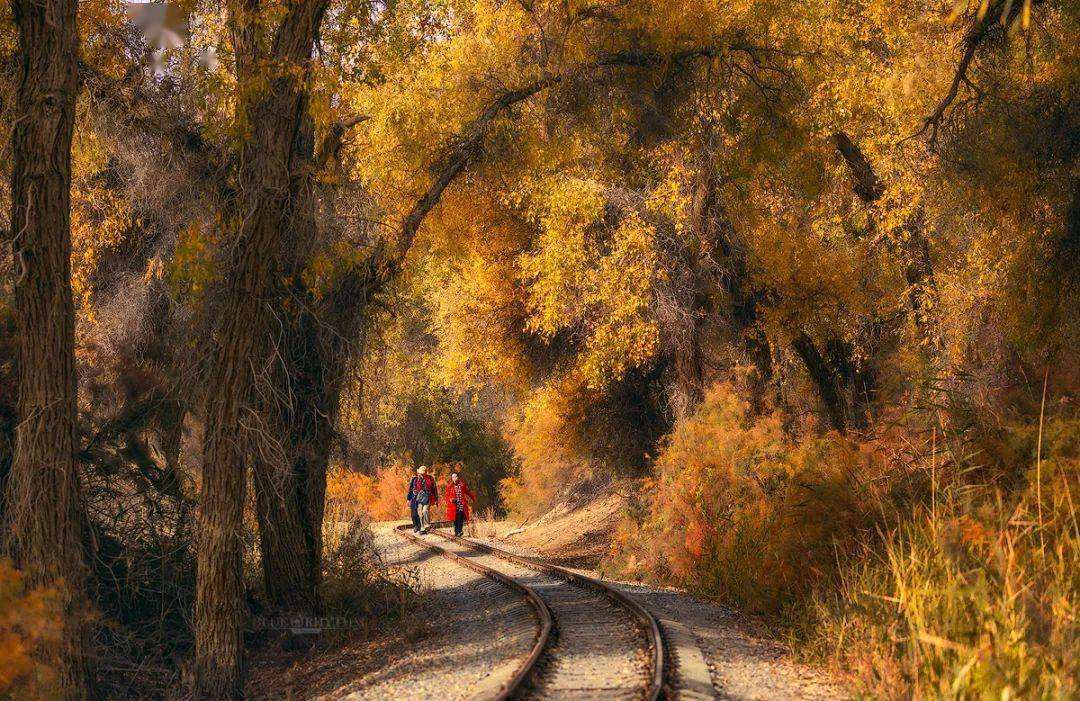
Desert Highway: The first desert highway in Xinjiang—Luntai to Min Feng, with a total length of 520 kilometers, traversing the Taklamakan Desert, known as the "Sea of Death".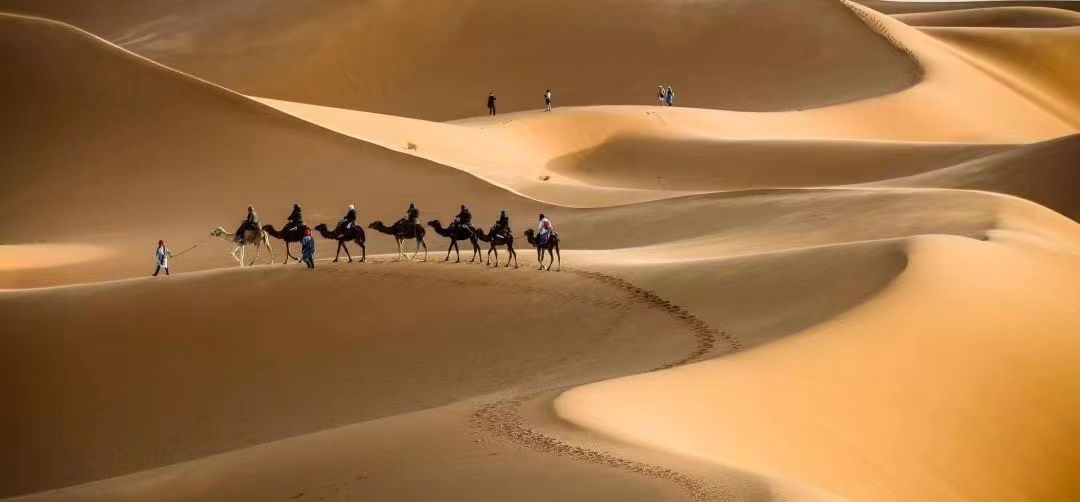
Taklamakan Desert: Among the world's major deserts, the Taklamakan Desert, known as the "Sea of Death", is the most mysterious and alluring.
Day 5 Min Feng-Hotian (300 kilometers, 4-5 hours drive, National Highway 315)
After breakfast, drive to Hotian. Upon arrival, visit the Hotian jade market, Hotian Bazaar, Hotian Museum, and the Aydelisi Silk Workshop. Stay in Hotian hotel for 1 night.
Day 6 Hotian-Shache (300 kilometers, 5 hours drive)
Sleep in until you wake up naturally in the morning, then drive to Shache. Upon arrival, visit the Shache Royal Tomb, the Amanishakhan Tomb, and the Shache Mosque, and enjoy Shache cuisine in the evening. Stay in Shache hotel for 1 night.
Shache Royal Tomb: The Shache Royal Tomb, also known as the Aletunruk Mazha, is the burial site of the royal family of the Yarkand Khanate. The royal tomb is located between the new city and the old city of Shache County, originally built in 1533 as the tomb of Sultan Said, the first Khan of the Yarkand Khanate. Later, the second Khan Rashid and the famous Amanishakhan were also buried here, gradually becoming the royal tomb of the Khanate. The Shache Royal Tomb is the largest and longest-preserved burial area to date.
Day 7 Shache-Tashagudao-Tax County (320 kilometers, 7 hours drive)
Drive through the ancient Silk Road-Tashagudao, which has been a must-pass route for merchant caravans heading to ancient Persia for thousands of years. Stay in Tax County hotel for 2 nights.
Tashkurgan Ancient Road: A millennium-old road winding over 300 kilometers from Taxkorgan to Shache in the Tashkurgan Valley, it was the route taken by the monk Xuanzang on his journey to obtain Buddhist scriptures 1,500 years ago, a mysterious road that can rival the Bingchacha.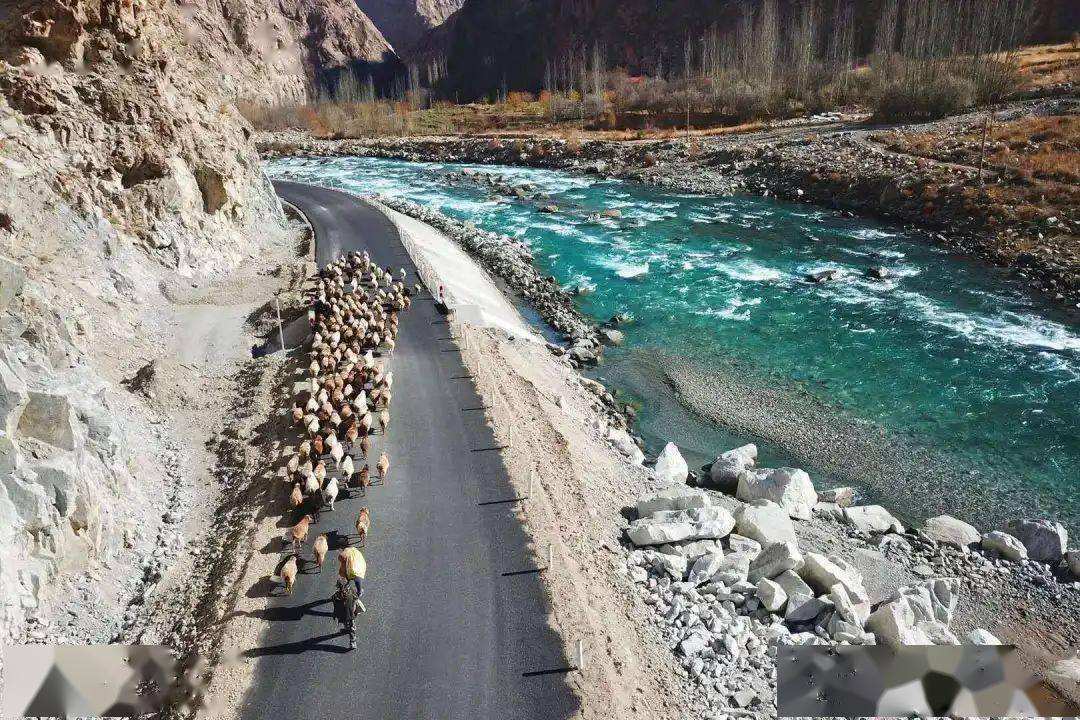
Pamir Plateau: Known as the "Father of All Mountains," the Pamir Plateau lies in the southeastern part of Central Asia, at the western end of China. The mountains stretch endlessly, where several major mountain ranges of Asia converge, including the world-renowned Himalayas, Karakoram, Tianshan, and Hindu Kush, all intersecting and extending in all directions. With an average elevation of 4,000 to 7,700 meters, the Pamir Plateau has become China's "Western Extreme" and is known as the "Roof of the World," a mysterious paradise closest to heaven.
Day 8 Taxkorgan
After breakfast, drive to Tashkurgan Aral National Wetland Park (including Stone City, Golden Grassland, and other scenic spots); after lunch, head to the "Panlong Ancient Road" to experience the thrilling 208 bends, where the sunset is also beautiful.
Wacha Highway: Also known as "Panlong Ancient Road," a popular "internet celebrity road" with 208 bends, a trip here is something you can brag about for a lifetime, making you fall in love with the twists and turns.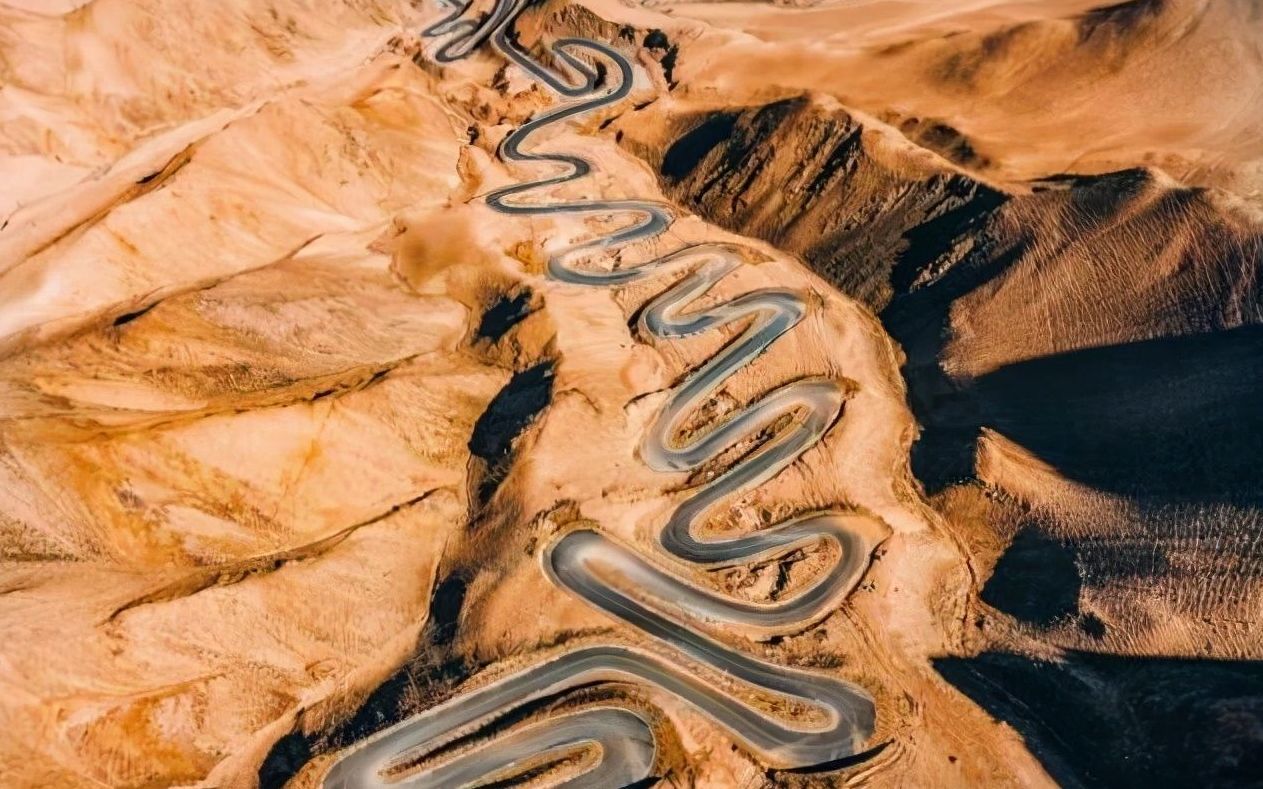
Stone City: Once the royal city of the Puli Kingdom, one of the thirty-six countries of the Western Regions, it has a history of nearly 2,000 years, blending history and natural scenery. It witnessed the rise, development, and prosperity of the ancient Silk Road, as well as its decline and disappearance, attracting explorers, historians, archaeologists, writers, and poets from home and abroad every year, who travel thousands of miles to conquer the Pamir Plateau and behold its grandeur.
Day 9 Taxkorgan - Kashgar (300 kilometers, 5 hours drive)
After breakfast, self-drive along the Karakoram Highway, also known as the "China-Pakistan Friendship Highway" domestic section, to the plateau lake - Karakul Lake, with a distant view of the "Father of Ice Mountains" Muztagata Peak and Kongur Peak. After that, head to White Sand Lake, arriving in Kashgar by evening and check into the hotel. Enjoy Kashgar cuisine for dinner, and after dinner, take a stroll in the old streets and ancient city of Kashgar. Stay in Kashgar hotel for 2 nights.
Karakul Lake: A beautiful high-altitude "black lake," the reflection of Muztagata Peak is the most beautiful scenery.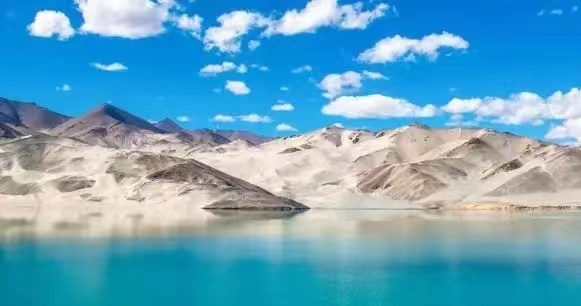
White Sand Lake: Surrounded by rolling sand mountains, a pool of blue water, the lake surface is smooth as a mirror, with surrounding snow-capped mountains reflected in the water.
Muztagata Peak: The "Father of Ice Mountains," enjoy the beauty of glaciers up close.
Day 10 Kashgar
After breakfast, visit the Grand Bazaar, the "pet" trading market of Xinjiang, bargain with locals, and purchase pets such as cattle, sheep, horses, camels, donkeys, chickens, ducks, and dogs; visit the Tomb of the Fragrant Concubine, mosques, Kashgar Old Town, and enjoy tea in an old teahouse.
Grand Bazaar (Livestock Market): I could spend a whole day here, taking photos all day. To see the culture of southern Xinjiang, one must visit the Cattle and Sheep Grand Bazaar, where you will truly feel the unique charm of Xinjiang. Here, the way of life has continued for thousands of years, like a time travel, tracing the traces of the ancient Silk Road. The Kashgar live livestock trading market, the Cattle and Sheep Grand Bazaar (commerce, market), is the largest live livestock trading place in Asia and also the largest livestock bazaar in Xinjiang (only open every Sunday).
Kashgar Old City: Located in the city center, it has a history of hundreds of years and is the most classic representative of Kashgar and Uyghur culture, as well as one of the most famous tourist attractions in Kashgar and even Xinjiang. It is said that "not visiting Kashgar is equivalent to not coming to Xinjiang," so the cultural essence of Kashgar is probably in the old city of Kashgar.
Id Kah Mosque: One of the largest mosques in the country, it is the center of Islam in Xinjiang.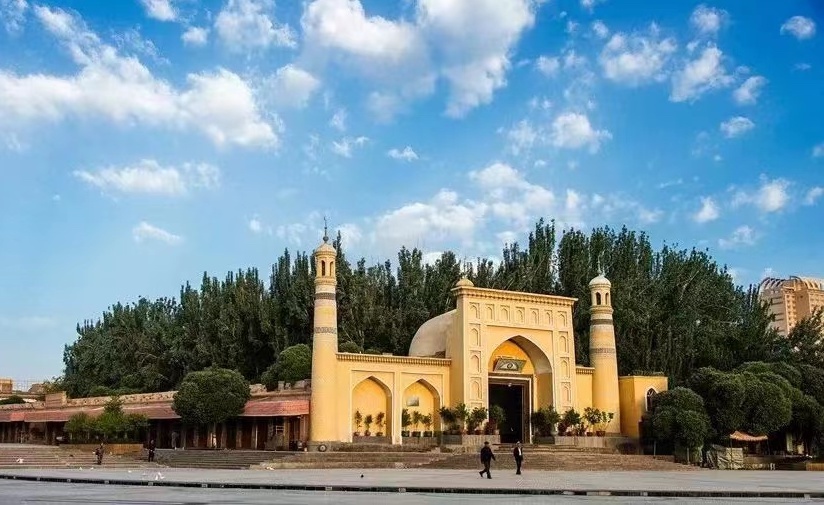
Centennial Old Teahouse: Here, what you drink is not tea, but the passage of time; what you hear is not music, but the atmosphere of joy.
Tomb of the Fragrant Concubine: The beloved concubine of Emperor Qianlong - Iparhan, due to her natural fragrance of the sand jujube flower, people called her the "Fragrant Concubine."
Day 11 Kashgar - Aksu (460 kilometers, 6 hours drive)
After breakfast, self-drive to Aksu, and upon arrival, visit the Wensu Grand Canyon. Stay in Aksu hotel for 1 night.
Wensu Grand Canyon: Located between the northern edge of the Tarim Basin and the southern Tianshan, it is over 600 kilometers long with red layer landforms, dominated by fiery red colors and a mix of colors, with strange rock formations creating a grand and magnificent scenic corridor. It features rare ancient rock salt geological wonders in China, unique Yadan geological oddities in western China, and giant karst erosion geological secrets unique to China, making it a "living geological evolution history museum" of Xinjiang.
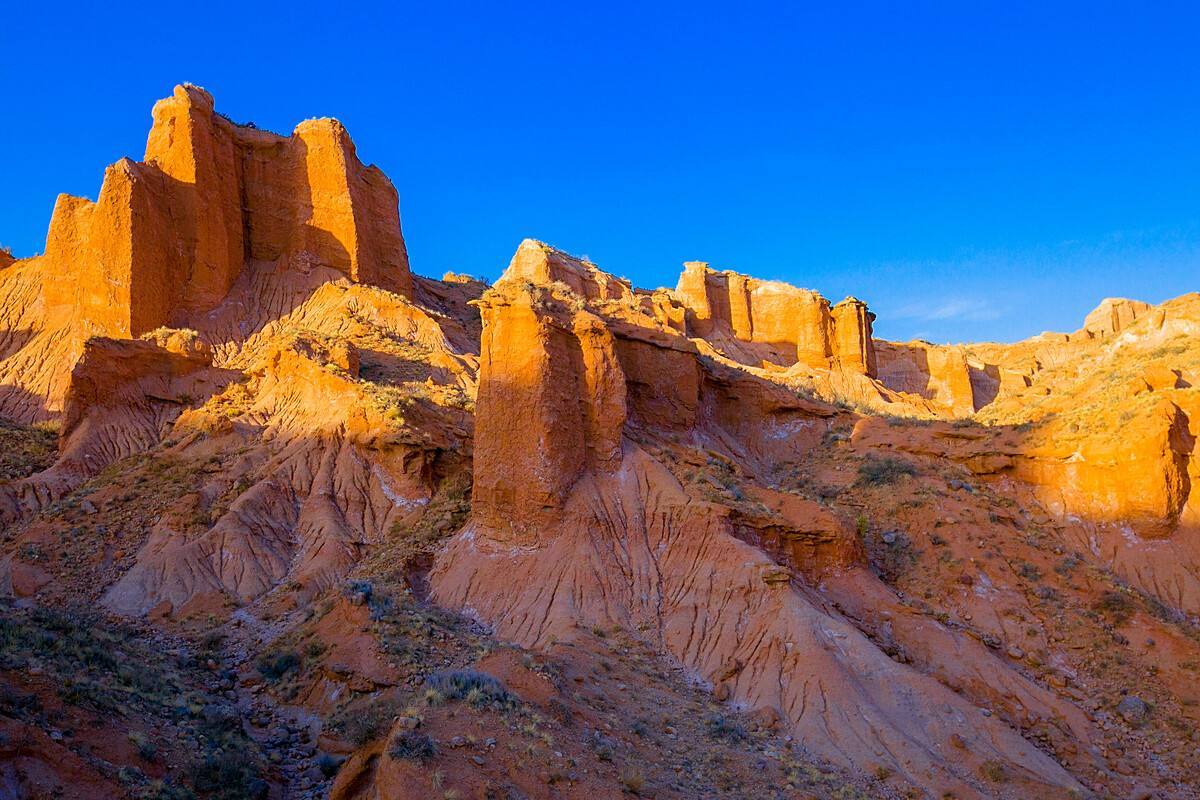
Day 12 Aksu - Kizil Thousand Buddha Caves - Kuqa (350 kilometers, 5 hours drive)
After breakfast, drive to Kuqa, visiting the Kizil Thousand Buddha Caves and Kizil Gaha Beacon Tower along the way, arriving in Kuqa by evening and check into the Kuqa hotel for 1 night.
Kizil Thousand Buddha Caves: A representative work of Kucha Buddhist cave art, it is the earliest and westernmost large cave complex in China.
Kizil Gaha Beacon Tower: Located on the east side of Yanshuigou in the northwest of Kuqa County, it means "red-billed crow" or "red sentry post" in Uyghur. This majestic ancient military building has withstood over 2,000 years of wind and rain and still stands tall today, being the oldest and best-preserved beacon site on the Silk Road.
Day 13 Kuqa - Nalati (310 kilometers, 6 hours)
After breakfast, self-drive through the Yanshui Valley, heading north along the Duku Highway to Tianshan Grand Canyon, and after visiting, reach Nalati Grassland via the Big and Small Dragon Pools. Stay in Nalati homestay for 1 night.
Tianshan Grand Canyon: Majestic and steep Yadan landforms, known for their depth, tranquility, and mystery.
Day 14: Nalati - Qiaerma - Hundred Mile Gallery - Kuitun (350 kilometers, 7 hours)
After breakfast, drive to Qiaerma, then head west to visit the Hundred Mile Gallery before proceeding to Kuitun. Stay at a hotel in Kuitun for 1 night.
Hundred Mile Gallery: The Hundred Mile Gallery refers to the 56 kilometers between Tangbula Grassland and Qiaerma, where every view is as beautiful as a painting. The Tangbula Hundred Mile Gallery Scenic Area features grasslands, hot springs, snow-capped peaks, and rivers, creating a picturesque scene with lush grass, flowing water, snow-capped firs, and high mountain clouds, resembling a fairyland. Especially from late June to early July, the grassland is adorned with a riot of colorful wildflowers, a sight to behold.
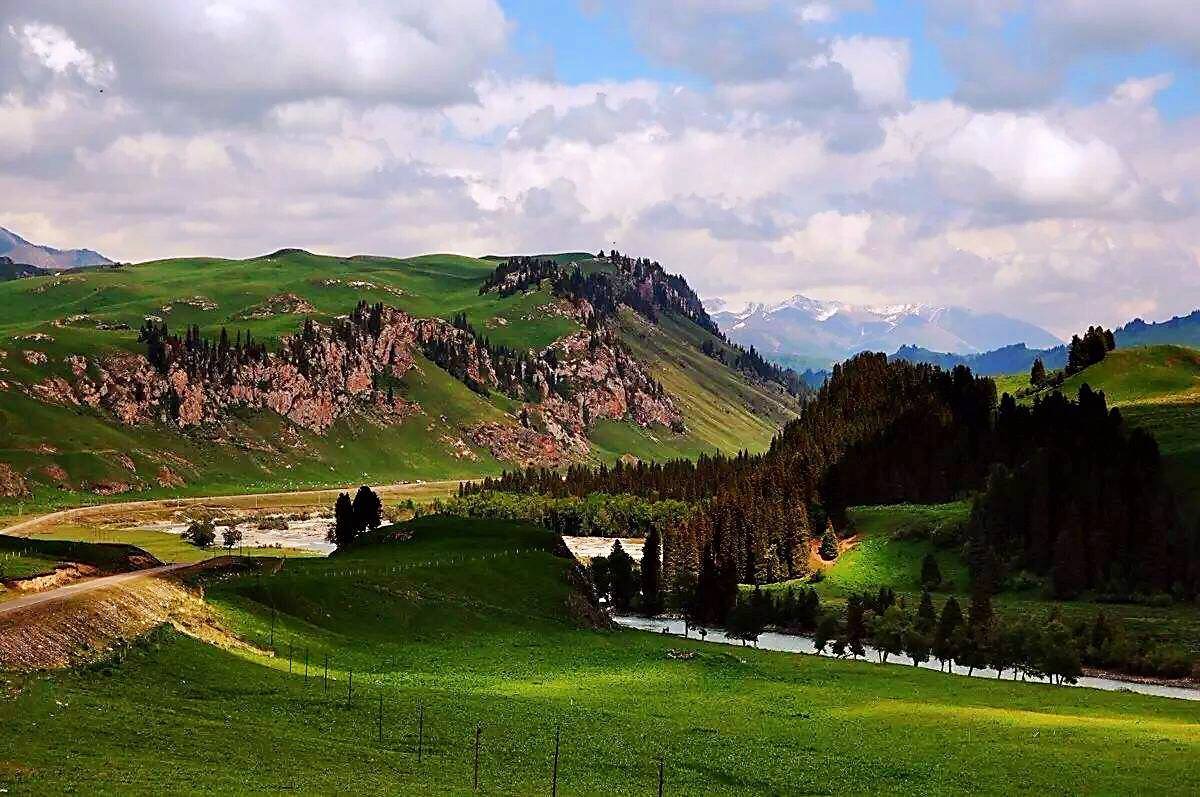
Day 15: Kuitun - Urumqi - Beijing (240 kilometers, about 3 hours drive)
After breakfast, drive along the Lianhuo Expressway back to Urumqi. Upon arrival, you can visit the fruit market to buy fresh fruits or dried fruits to take home. After returning the car, take CA1294 (18:00-21:45) back to your warm home.

